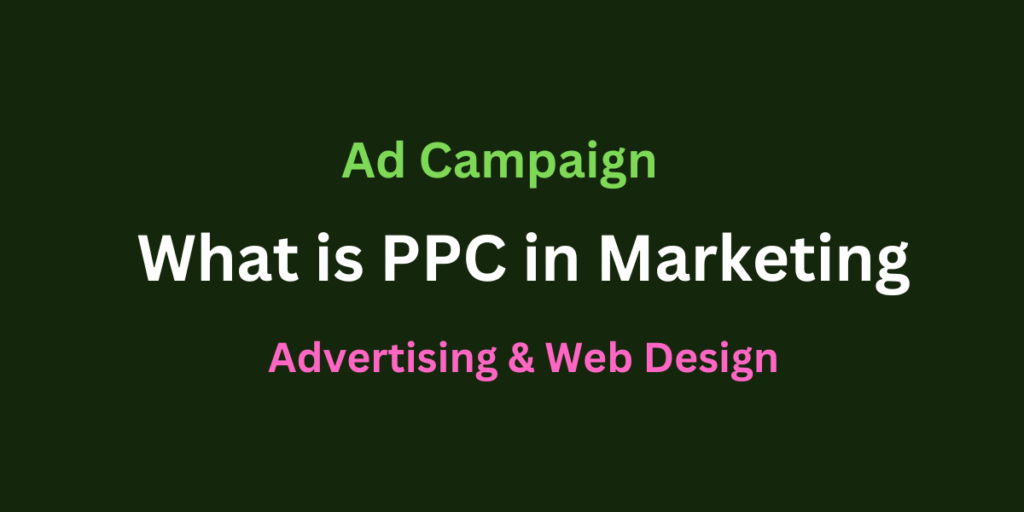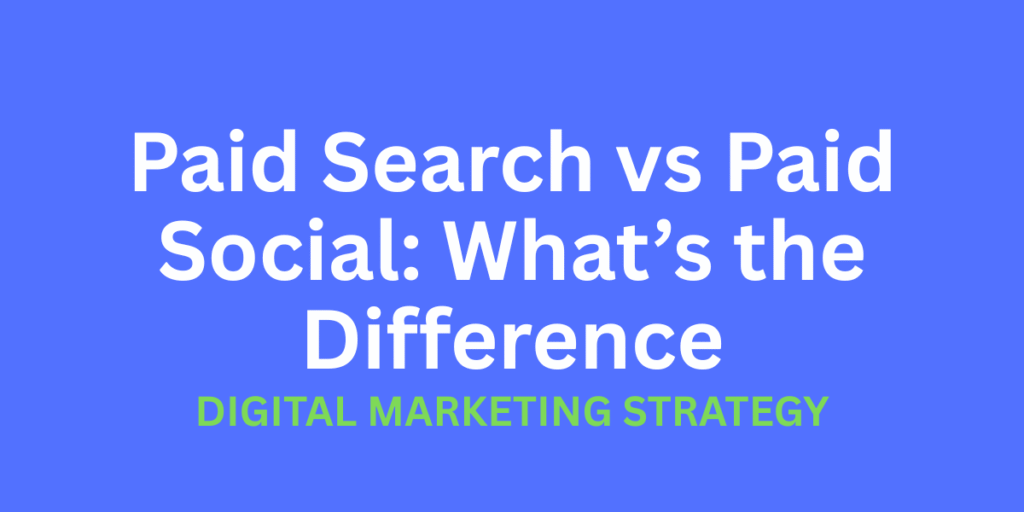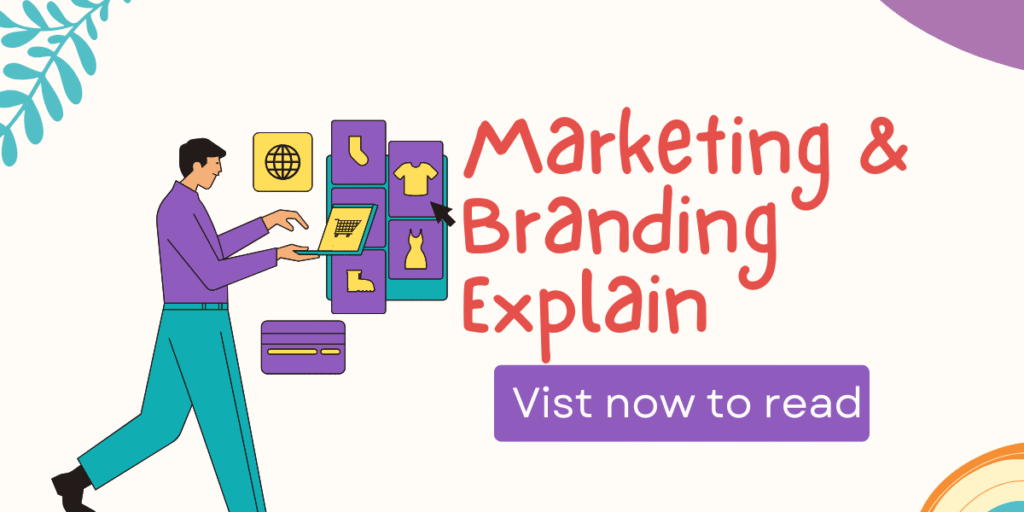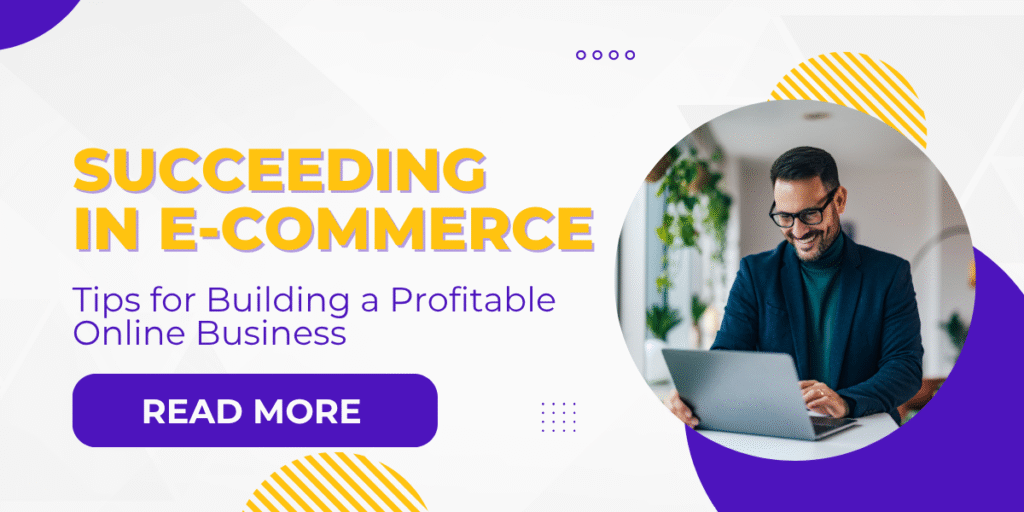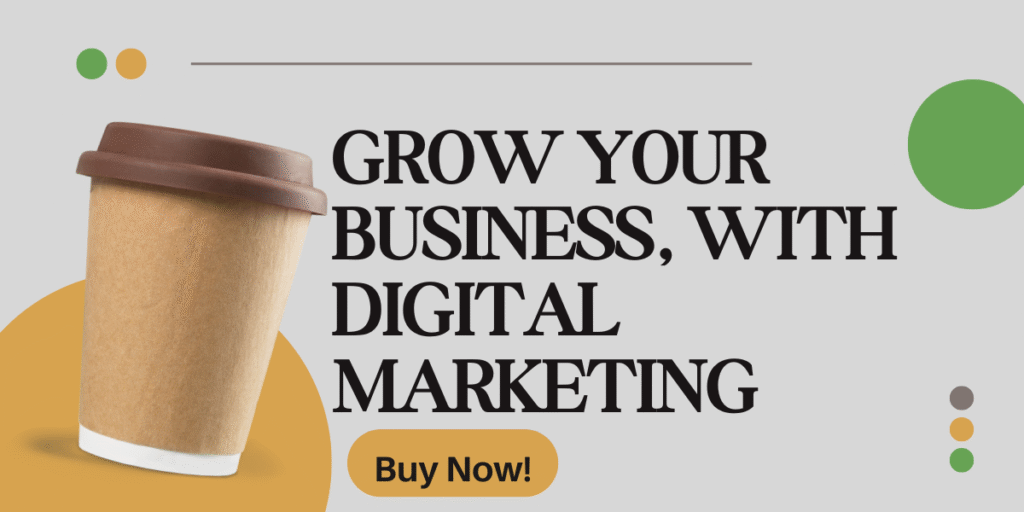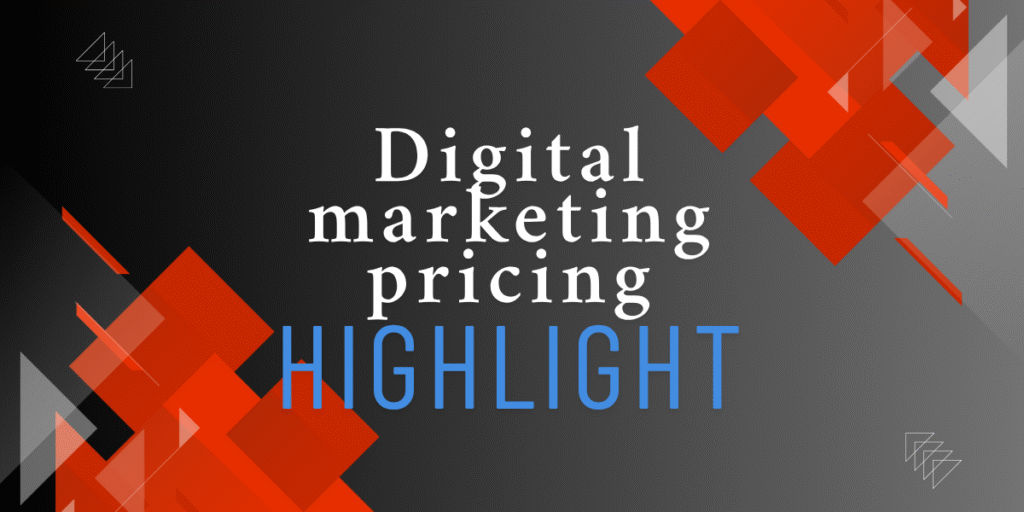🧠 What Is the Difference Between Paid Search and Paid Social?
In today’s digital marketing world, businesses have two powerful advertising tools at their fingertips: Paid Search and Paid Social. While both are forms of online advertising, they serve different purposes and reach audiences in unique ways. Here’s a breakdown to help you understand how they work and when to use each.
🔍 What Is Paid Search?
Paid Search, often referred to as Search Engine Marketing (SEM) or PPC (Pay-Per-Click), involves placing ads on search engine results pages (SERPs), like Google or Bing. These ads appear when someone searches for specific keywords.
Example: If someone searches for “best running shoes,” a paid search ad for a shoe brand may appear at the top of the results.
Key Features:
- Target people actively searching for a product or service
- Keyword-based bidding
- Immediate visibility on search engines
- Common platforms: Google Ads, Bing Ads
When to Use:
- When you want high intent traffic
- Great for lead generation, ecommerce sales, and local services
📱 What Is Paid Social?
Paid Social refers to advertisements on social media platforms like Facebook, Instagram, LinkedIn, X (Twitter), TikTok, and others. These ads target users based on their interests, demographics, behaviors, and more.
Example: A fashion brand promoting its summer collection on Instagram to users aged 18–35 interested in fashion.
Key Features:
- Highly visual and engaging
- Advanced targeting options (interests, lookalike audiences, etc.)
- Perfect for brand awareness and storytelling
- Common platforms: Meta Ads, LinkedIn Ads, TikTok Ads
When to Use:
- When you want to build brand awareness
- Ideal for reaching new audiences and retargeting
💡 Key Differences Between Paid Search and Paid Social
| Feature | Paid Search | Paid Social |
|---|---|---|
| User Intent | High (searching for a need) | Low to medium (scrolling for content) |
| Platform | Search engines (Google, Bing) | Social media (Facebook, Instagram) |
| Targeting | Keywords, location, device | Interests, behaviors, custom audiences |
| Ad Format | Text-heavy ads | Image/video-rich ads |
| Cost Model | CPC (Cost Per Click) | CPC/CPM (Cost Per Click or Impression) |
| Best For | Direct response & conversions | Awareness, engagement, storytelling |
🎯 Which Is Better for Your Business?
The best strategy often involves both paid search and paid social. Paid search captures active buyers, while paid social helps you reach potential customers earlier in the funnel and build brand loyalty. what is Paid Search and Paid Social?
If you’re selling products, use paid social to create demand and paid search to convert interest into sales.
✅ Final Thoughts
Understanding the difference between paid search and paid social is key to building an effective digital marketing strategy. By using both channels wisely, you can drive awareness, engagement, and conversions like never before.
Pay-Per-Click (PPC) Marketing: A Powerful Tool for Business Advertising
In today’s competitive digital landscape, simply having a website isn’t enough. If you want immediate…
Paid Search vs Paid Social: What’s the Difference & Which Should You Use?
🧠 What Is the Difference Between Paid Search and Paid Social? In today’s digital marketing…
Explain more about Marketing & Branding difference
Marketing vs Branding: What’s the Difference and Why It Matters In the world of business…
💼 Tips for Building a Profitable Online E-comerce Business
In today’s digital age, starting an e-commerce business is easier than ever — but building…
Learn How to Make Your Business Thrive with Digital Marketing
Steps to Grow Your Business Using a Digital Marketing Agency In today’s connected world, having…
Digital Marketing Pricing Packages 2025
Digital Marketing Pricing Plans Flexible Plans for Businesses & Creators PlanStarterGrowthProEnterpriseMonthly Price₹9,999₹19,999₹39,999CustomSEO OptimizationBasicStandardAdvancedFull SuiteGoogle Ads✖️✔️✔️✔️…

